

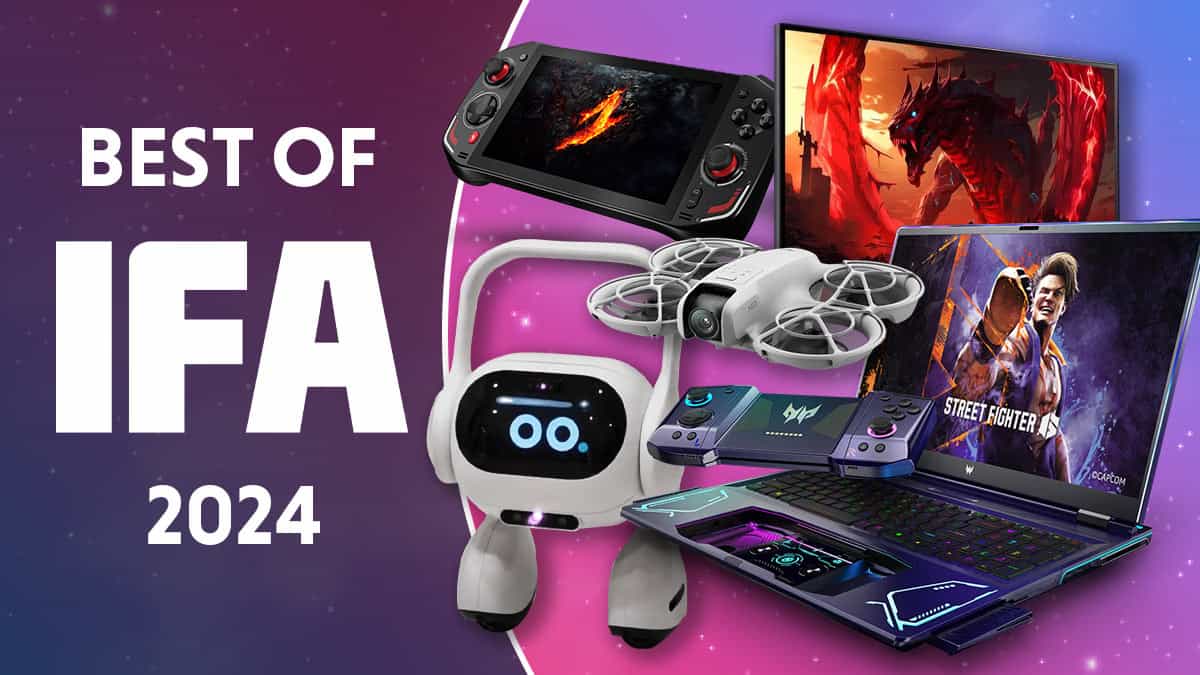
Our man in Berlin got the scoop on the top products at the 2024 Internationale Funkausstellung
Updated: Sep 14, 2024 11:53 pm
WePC is reader-supported. When you buy through links on our site, we may earn an affiliate commission. Prices subject to change. Learn more
Another year and another intriguing line-up of products at this year’s IFA tech show in Berlin. We’ve listed what we consider to be the most interesting of all that was on show, from the new fastest gaming monitor to the latest concept designs in laptops, and even a friendly little robot! Read below for all the details.
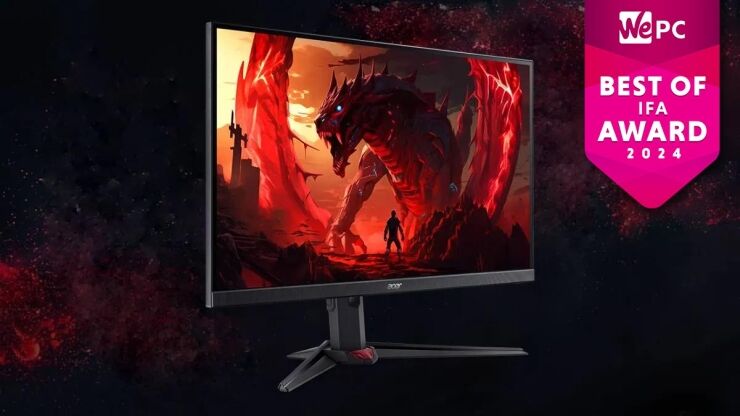
This 24-inch gaming monitor with 600Hz maximum refresh rate is the first product of its type to reach the retail market: as far as we’re aware there’s not another gaming monitor out there that’s this fast. It’s limited to 1920 x 1080 resolution, which is still (just about) the standard for competitive shooters, even if 1440p is gradually taking over. As you’d expect, you’ll need a DisplayPort 1.4 connection in order to actually enjoy this display at its maximum refresh rate.
You don’t see many TN panels in the mainstream any more, with IPS being the dominant mainstay, but outside of OLED panels they have response times that can’t be beaten. Still, TN panels also mean worse contrast, vibrancy of color, and limited viewing angles, so it’s likely this will limit its market to the hardcore players of competitive fast-paced shooters, looking to get that extra edge.
The Nitro XV240 F6 is due to hit the shelves in Q1 2025 at an MSRP of $599 / €899, so we’ll have to wait until then to see if it’s truly worth the money.
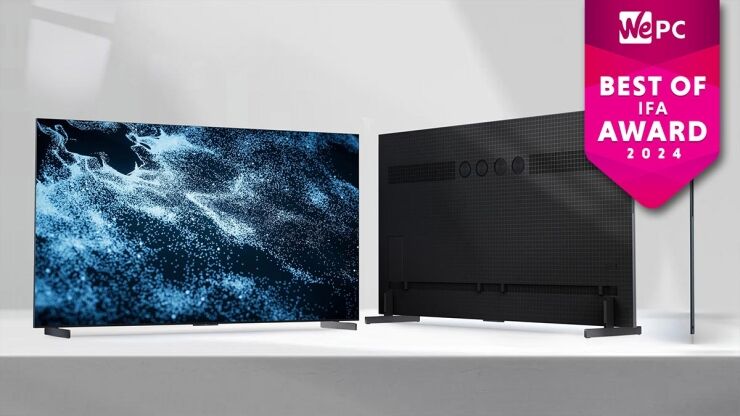
Once a budget-only brand, over the last few years TCL have become a dominant name in the mid-price TV niche, releasing some quality products. This latest TCL X11H smart TV looks to continue this trend, with its bright mini-LED panel rated for 6,500 nits: substantially brighter than the current brightnest model the brand offers at 5,000 nits. Color replication has also improved substantially and as has the number of dimming zones for improved contrast (more than 10,000 on the 85-inch model). The X11H is due to release in early 2025.
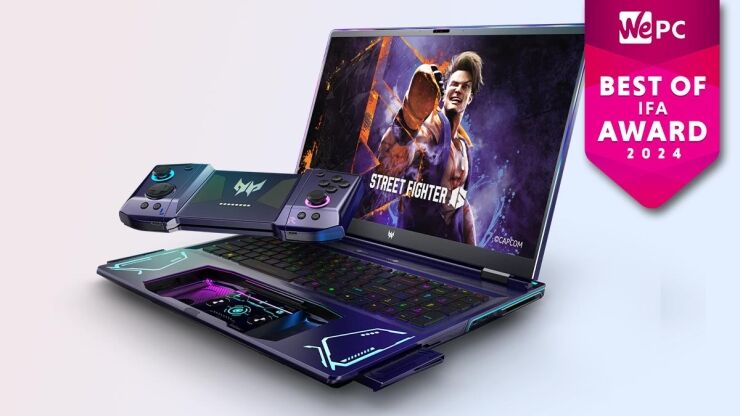
Acer revealed a unique, experimental device at IFA: the Project Dual Play, which is essentially a gaming laptop with an inbuilt controller. The wireless controller acts like a trackpad when it’s docked into the front of the laptop, but if you press the release catch along the top it pops out, you flip it over, and you can use it like a regular games console controller. The controller can also be split into two mini-controllers, similar to the Joy-Cons on the Nintendo Switch, allowing you to play with a friend.
At the moment the Project Dual Play is just a concept device, so don’t hold your breath that we’ll be seeing this specific model hit the shelves any time soon. The device did however get a lot of positive attention, so we wouldn’t be surprised if Acer is considering putting out a retail version at some point.
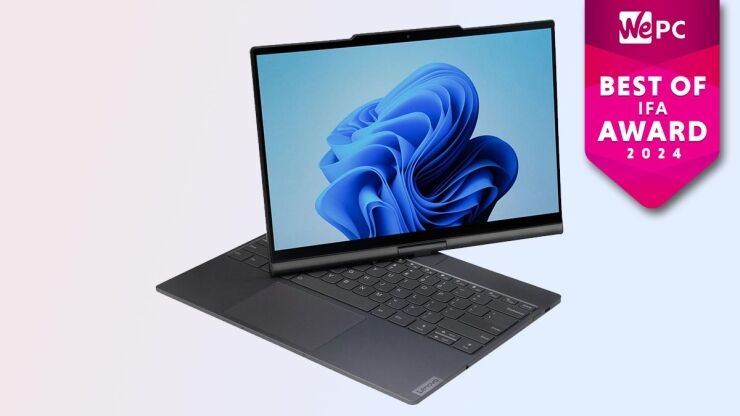
Another very interesting concept laptop we saw is the Lenovo Auto Twist AI PC, which has a unique rotating screen that can actually follow you as you move around it! The device uses AI to track your face, twisting the display panel to follow you as far as its (almost) 180° hinge allows. You can also use voice commands to get the screen to open and close, or pivot around into a portrait ‘tablet mode’. All of this could be pretty useful laptop for business people on the go who wants to make a more active presentation, or even entertainment streamers.
Although we’re unlikely to be seeing this particular version of the product hit the shelves, seeing laptops with this tech come out over the course of the next year or so could be on the cards.
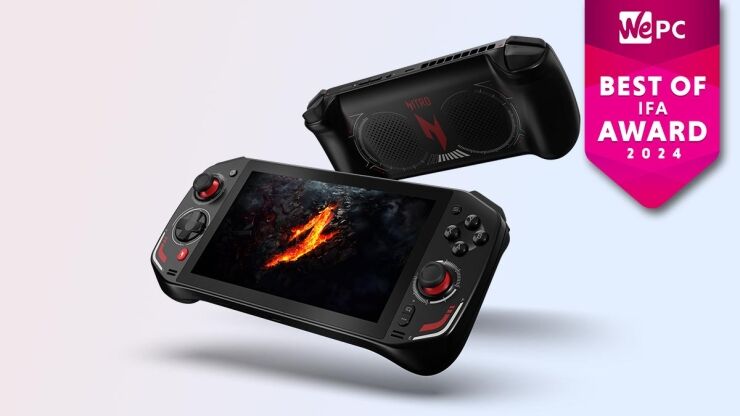
The major handheld release at the conference was the Nitro Blaze 7 from Acer, which comes equipped with a 7-inch, 144Hz, 1080p IPS touchscreen (reportedly with 100% sRGB coverage), a Ryzen 8840HS processor with integrated Radeon 780M graphics, and 16GB of LPDDR5x RAM running at 7500MT/s. The screen has AMD FreeSync Premium support to reduce screen tearing, which is nice to see, along with AMD Radeon Super Resolution support to boost performance.
Most impressively, you get a whopping 2TB of SSD storage for your games: the same amount I have on my desktop PC. The device is Wi-Fi 6E and comes with two USB4 Type-C ports, it uses Windows 11 but uses an app called Acer Game Space to run your games and reportedly has a battery duration of around 8 hours. The release date of this device currently remains unconfirmed.
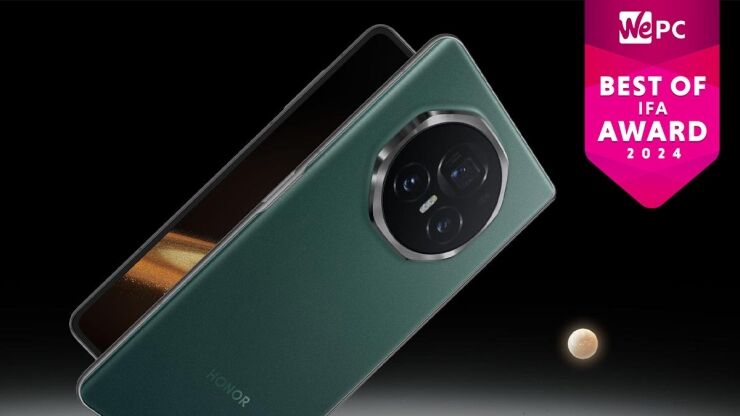
The Honor Magic 3 has already been released in China, but is now coming to European markets. This is a particularly thin (9.2mm thick when folded, 4.4mm unfolded) and light (226g) foldable phone, with a 6.43” cover screen (when in ‘normal’ phone form) and a 7.92” foldable internal screen. Not only is it remarkably light and slender for a foldable device but it also comes with a 5,150mAh battery that’s capable of lasting over a day when folded, though when unfolded in demanding scenarios expect to get around 8 hours depending on how you use it; fast wired and wireless charging is capable of fully charging the phone in less than an hour. The processor is a solid Snapdragon 8 Gen 3 and it comes with two telephoto rear cameras (50Mp and 50Mp 3.5x) plus a 40Mp ultrawide (though this last spec is a bit disappointing).
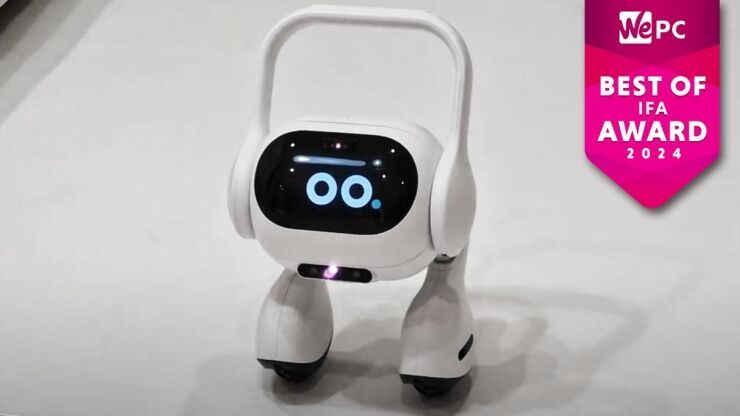
This latest smart home helper robot is both wheeled and comes with the latest ChatGPT 4.0 integration, making it probably the first we’ve seen that actually resembles something from popular Sci-Fi, which could be exciting or creepy depending upon your point of view! Certainly the animated eyes and rotating head give it more an appearance of being ‘real’.
The device uses built-in cameras and sensors to navigate around, riding about on its two wheels, and can be instructed to follow you around or anyone else in your house. It is able to perform all the usual smart home hub functions: controlling the lighting, making phone calls, changing the temperature etc. but with the inbuilt AI it can understand and respond to your commands in a much more dynamic way, plus react to external stimuli. The example given was that you could draw an image onto a companion tablet, have it scan the image, use generative AI to form a story based around this, and then when your children ask it for a bedtime story, it would learn to dim the lights without asking and then tell them the bedtime story: slightly terrifying but also mind-blowing stuff!
If this little help-bot appeals to you, it’s due to be released in H1 2025, in South Korean markets at first but then (hopefully) elsewhere.
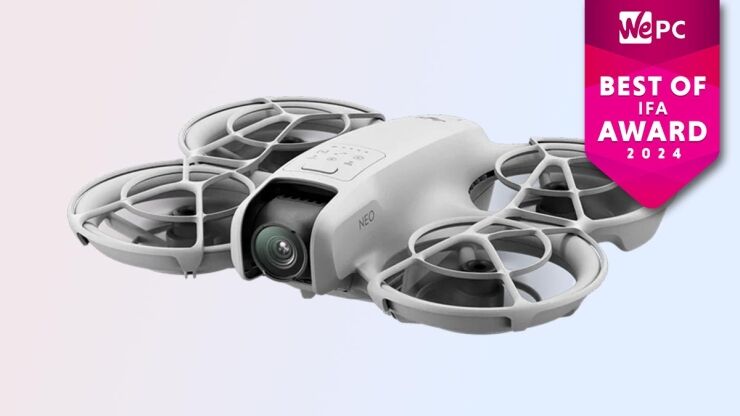
The newly unveiled DJI Neo is a contender for the title of smallest and lightest 4K drone, weighing in at just 135g (4.76oz), and it’s also remarkably cheap, making it a very exciting entry-level proposition for the market.
The drone has camera staibilization and AI subject tracking, meaning it can lock onto you and track you as you move, maintaining a close distance and keeping you in the centre of the frame. Besides 4K video it can also take 12MP photos. Its small size and propeller guards mean you can navigate it through tight spaces much easier. There are six ‘DJI Quickshot’ automated flight moves pre-programmed into the device: Boomerang, Circle, Dronie, Helix, Rocket, and Spotlight
The Neo has a straightforward setup, and multiple ways you can control it, either via the application on your phone, with a remote control, with FPV goggles and even has voice operation features. The drone will retail with an MSRP of $199 on its own or $289 for the Combo kit which includes a controller and accessories.